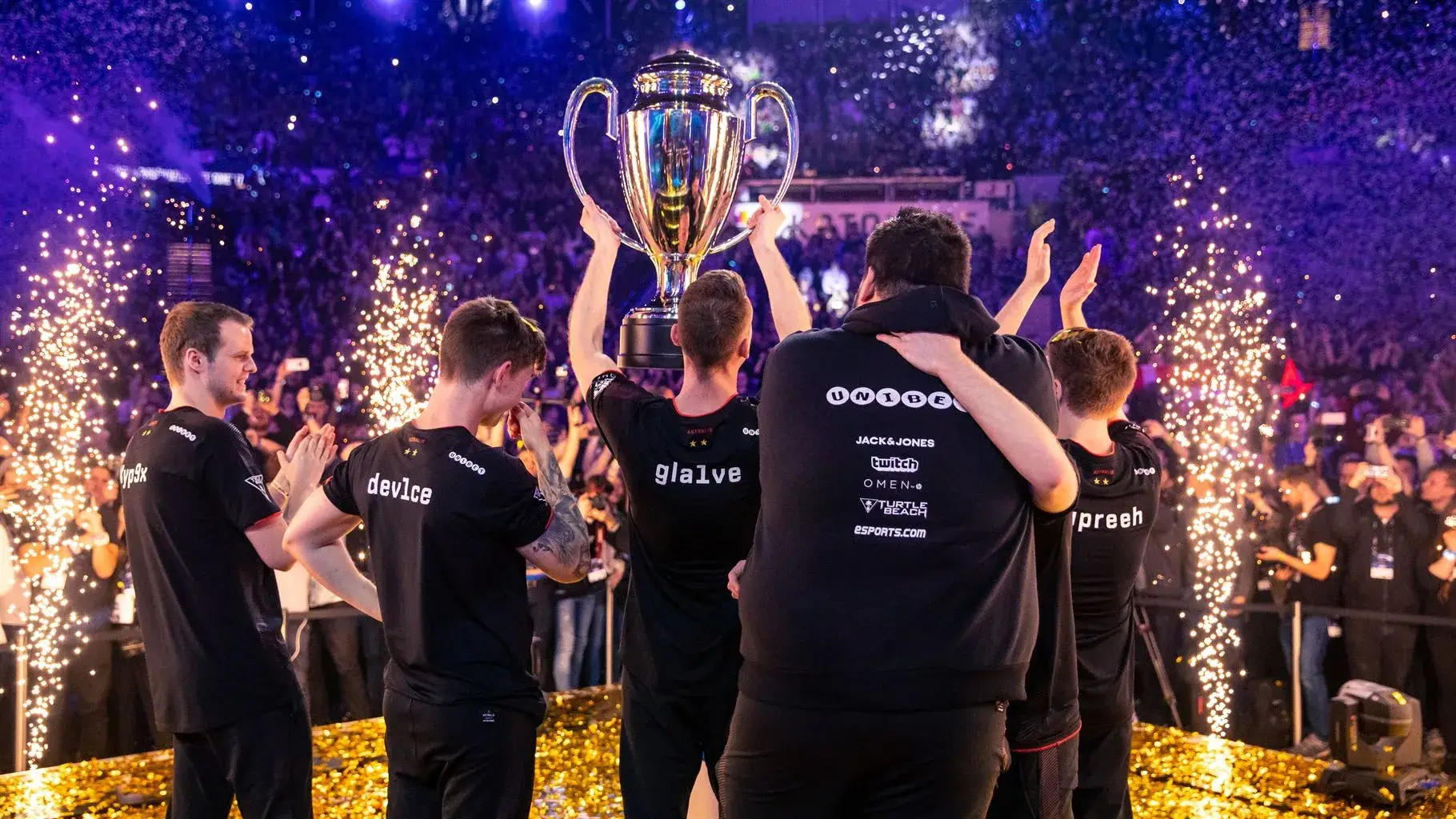The 2024/2025 APL season began with unprecedented excitement. Transfers and changes in the coaching staff forced many teams to revise their goals and strategies. From the very first matches, events on the pitch were filled with drama and unpredictability. Top clubs Arsenal, Liverpool and Chelsea started from different positions, but the common desire to win united their supporters. This season promises new discoveries and colourful matches.
Kick-off for the 2024/2025 APL season: coaches, players and fans
The start of the 2024/2025 APL season is a real test for the clubs. Pep Guardiola and Jürgen Klopp actively used new tactics. For example, Pep emphasised compact defending and putting pressure, allowing Manchester City to win important matches. Jurgen Klopp introduced a dynamic style with intense wing attacks, relying on new talent Ben Doak.

Players adapted to the new demands. At Tottenham, James Maddison continued to perform impressively, creating important chances and scoring important goals. Arsenal fans were overjoyed when Kai Havertz scored the decisive goal against Chelsea in the closing minutes and the Emirates Stadium erupted in jubilation.
Important transfers and team changes
Many clubs made important transfers in the run-up to the APL 2024/2025 that affected the team and playing tactics. ‘Arsenal strengthened their attack with the contracting of striker David Nunez, who scored 4 goals in the first 5 games. ‘Tottenham strengthened their defence with young defenders like James Pearce, who has already proved his worth against Chelsea, who in turn brought in experienced goalkeeper Thomas Hendricks. Thomas brought solidity to the defence after the departure of the first-choice goalkeeper.
Rising teams and falling favourites
The current state of the APL 2024/2025 currently surprises pundits. ‘Newcastle United have risen to the top of the league table, shown great form and won six out of eight games. Young talents like Elliot Anderson have helped the team show consistent results and get into the top group.’
‘Manchester United’ and “Liverpool” struggled: due to injuries and erratic play, they lost in the last few rounds and dropped to 8th and 9th place respectively. ‘Chelsea, long-time favourites, are now struggling to maintain their place in the mid-table after the departure of Mauricio Pochettino and the loss of Reece James.
Drastic changes
The unexpected results of the 2024/2025 APL season were one of the main talking points. ‘Manchester United lost several games due to shaky defensive play. Coach Eric ten Hag was forced to make urgent changes to the squad to rectify the situation.’ ‘Liverpool lost Virgil van Dijk, which greatly affected the defensive line. Meanwhile, Brighton and Aston Villa began to take advantage of the situation, climbing up the league table and taking places previously occupied by the big boys.
Season preview: the successes of Brighton and West Ham
 Brighton deserves special attention. Thanks to new APL 2024/2025 acquisitions and young talents, the team managed to break through to the top of the league table. Roberto De Dzerby emphasised attacking play, allowing the club to score at least two goals in every game.
Brighton deserves special attention. Thanks to new APL 2024/2025 acquisitions and young talents, the team managed to break through to the top of the league table. Roberto De Dzerby emphasised attacking play, allowing the club to score at least two goals in every game.
Transfers and team strengthening
- The acquisition of defender Leon Graves has strengthened the defensive line, allowing the team to play with confidence even against strong opponents;
- Midfielder Lewis Howard has become a key figure who sets the tempo of the game and creates dangerous chances.
Team talents:
- Evan Ferguson has scored 5 goals in his first 8 games;
- Oliver McKinley played a key role in the win over Chelsea, which cemented the team’s position in the league table.
Tactical changes: high pressing and wing play, where Solomon March was particularly prominent, were key elements of success.
West Ham also surprised with their performances. The signing of James Ward-Prowse revitalised the team: his assists and qualities ensured success in several matches. The club is now considered one of the main contenders for the Europa League.
Favourites of the season: predictions and problems
Many analysts consider Manchester City to be the main contenders for the title of the 2024 2025 APL season. Despite a shaky start, Pep Guardiola’s team has quickly found its form. Predictions for the APL 2024-2025 indicate that City are likely to win the championship thanks to a strong attack under Erling Holand and a solid defence under Ruben Dias.
There are also problems: the injury to Kevin De Bruyne, who will be out for several months. This reduces the team’s creativity in midfield. Arsenal have also started the season well, but the problems with rotating the squad could be a cruel joke at the end of the season.
APL 2024/2025 Challenges for the leaders.
Manchester City are struggling with a lack of depth in the squad. Injuries to key players have affected the team’s results in recent games. In addition, the club lacks stability when playing against defensive teams, which is reflected in the difficulty of creating chances.
Arsenal also has problems rotating the squad, especially in the forward line. Coach Mikel Arteta has to find a balance between experienced players and young talents like Bukayo Saka to keep the level of play high. The fitness problems of some athletes could be a decisive factor in the title race at the end of the season.
Conclusion
 The 2024/2025 APL season is already one of the most interesting and unpredictable in recent years. The battle for the championship is heating up and every point is worth its weight in gold. The teams are playing very well but face many challenges, making the season even more exciting.
The 2024/2025 APL season is already one of the most interesting and unpredictable in recent years. The battle for the championship is heating up and every point is worth its weight in gold. The teams are playing very well but face many challenges, making the season even more exciting.
The intrigue remains not only at the top of the league table, but also in the fight for survival, where clubs try to maintain their positions and improve their results. Every match is a new opportunity, every matchday is another step towards the title or salvation.

Fans can only watch this incredible season and support their favourite clubs, as there are many highlights, unexpected outcomes and exciting endings to come. The English Premier League proves once again why it is considered one of the most exciting leagues in the world.
 en
en  ru
ru  de
de  ar
ar  es
es  nl
nl  hi
hi  fr
fr  it
it  pt
pt  el
el 











